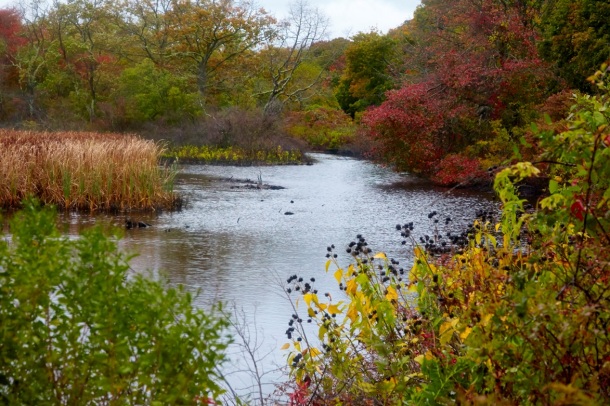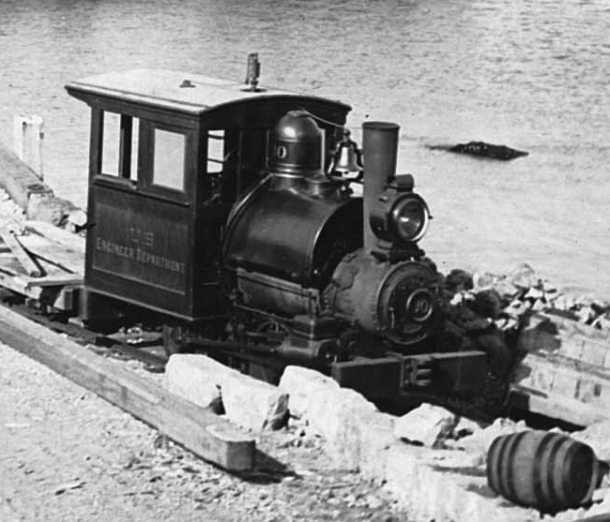Part 1 of a two-part series on Plum Island by John Turner of the Preserve Plum Island Coalition
I should have realized before ever setting foot on New York’s Plum Island that it was an island full of surprises. After all, it is a robust 843 acres in size, surrounded by rich and productive marine waters well known for abundant fish life, seals, and seabirds. It has had a colorful history reflected by numerous historic structures, and is ecologically very diverse. Before visiting, my knowledge about Plum Island was limited to a general awareness of the federal Animal Disease Research Center situated in the northwestern corner and the lighthouse that sits above Plum Gut and is visible from the deck of the popular Orient Point-to-New London ferry. I was also vaguely aware of the origin of the island’s name: from the abundance of beach plum shrubs that grow there.
While I really didn’t have a clue as to the full extent of what the Island had to offer, I have come to realize, after four visits, that Plum Island is much more than just a lighthouse and laboratory. It is a place of great cultural, historical, and natural interest and wealth, revealed at almost every turn along the roads and paths that wind around and through the island.
My first “Plum Island” surprise was on a trip more than a decade ago—the presence of a large freshwater wetland on the island. Many coastal islands of this size don’t have any large depressions where wetlands could form. Plum Island’s 50-acre pond adds a pleasant dimension and natural diversity. At one time, an extensive Atlantic White Cedar Swamp, a rare natural community in New York, could be found here.

My second surprise came in the form of zooming birds—bank swallows—which nest in the bluffs situated along the south side of the island. These brown and white masters-of-flight excavate nesting burrows (usually four to five feet deep) in the bluff (or bank) face, typically forming colonies from several to several hundred birds. This species is much less common a nesting bird in southern New York than is either the barn swallow or the tree swallow. What fun it is to watch the ceaseless energy of the adults as they arrive at or depart from the burrow entrance, having just brought a load of insect prey to their mate and young.

While walking along the beach, near the swallow colony, the third surprise comes soon after—railroad tracks inexplicably dangling into the air from the top of the bluff. They are the remains of a railroad track that once ran around the island, servicing a toy gauge train that carried the ammunition for cannons located in several concrete artillery batteries. The shells were too heavy to be moved about by horse-drawn carriage, so the railroad provided an interesting and effective means of transport.

The railroad was a part of Fort Terry, built in 1897 in preparation for the Spanish-American War. The barracks building where the soldiers lived is still intact, as are other support buildings. Also quite intact are the numerous concrete ammunition bunkers and artillery batteries that once provided a significant deterrence to any invading force. Fort Terry is only a small piece of the rich history that exists on Plum Island.
Stay tuned for part 2! In the meantime, please visit preserveplumisland.org for more information. To get updates on what you can do to save this spectacular place, sign up for Plum Island alerts.
John Turner is the spokesperson for the Preserve Plum Island Coalition.
He also currently serves as the Open Space Program Coordinator for the Town of Brookhaven, overseeing the Town’s open space and farmland acquisition program. Prior to this, he served as Director of the Division of Environmental Protection of the Town of Brookhaven, a position he gained after serving as Director of Conservation Programs of the Long Island Chapter of The Nature Conservancy. He also serves in a part-time capacity with the Seatuck Environmental Association where he serves as a Conservation Policy Advocate working on a variety of water quality and wildlife related issues.

